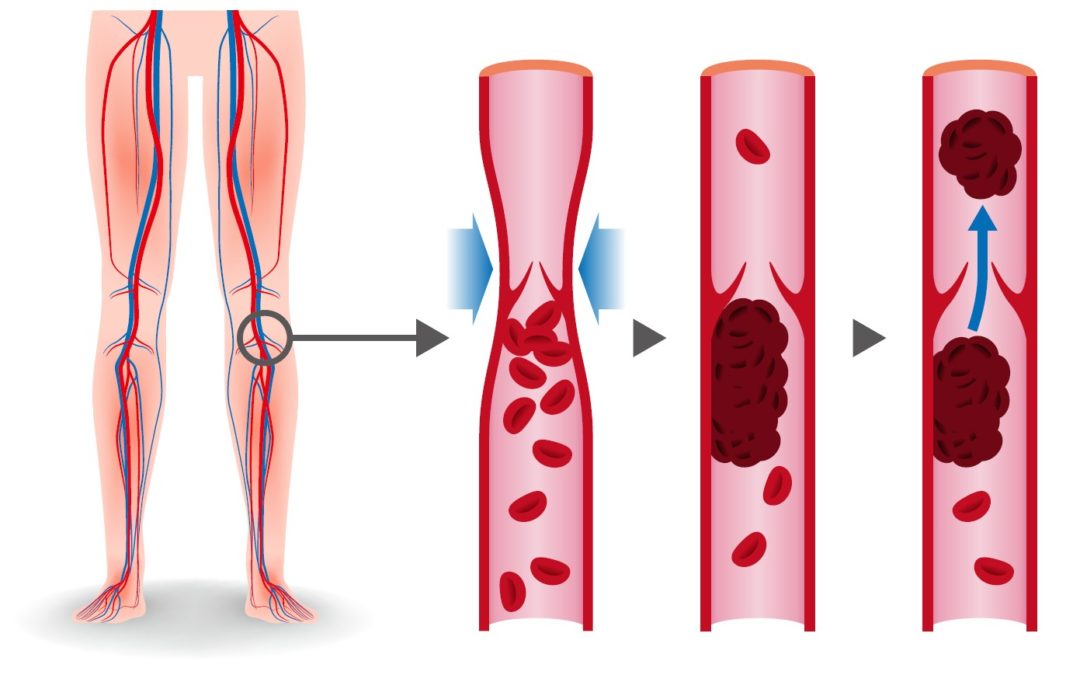Deep vein problems and how those issues can be addressed. Vein Specialists of the Carolinas has a basic overview of vein problems to watch for.
Your veins are the vessels in the body that are responsible for carrying blood back to the heart. When these vessels become damaged or diseased in some way, it can affect your health in a number of far-reaching ways – potentially causing the following deep vein problems:
Deep Vein Thrombosis
Deep vein thrombosis is a condition in which a blood clot forms in a deep vein of the body, usually a lower leg vein. The clot may remain in the vessel for some time without any noticeable symptoms. However, if DVT is left unchecked, serious complications can result.
Pulmonary Embolism
If the clot breaks free from its original location and travels through the blood stream, it may eventually arrive at the lungs where it can cause a potentially deadly event known as a pulmonary embolism. The blood clot can actually block one of the vessels in the lung, which can be fatal if it is not treated promptly.
Symptoms of a PE include:
- Shortness of breath
- Chest pain
- Coughing up blood
- Dizziness or lightheadedness
- Increased heart rate, rapid pulse
These symptoms require emergency medical attention to treat the clot and restore full function to the lung.
Postphlebitic Syndrome
Another complication of DVT is a condition known as postphlebitic syndrome. The syndrome occurs when the blood clot actually damages the vein, which in turn reduces blood flow to the immediate area. Symptoms of posthplebitic syndrome, which may not appear until years later, could include:
- Pain and swelling in the leg
- Discoloration of the skin
- The formation of open sores, known as venous ulcers
Treatment for DVT typically focuses on prevention of the growth or migration of the blood clot. For most patients this can be done using medication given either orally or by IV. Some patients that are at higher risk for PS may require a filter placed into the vena cava, the large vein in the abdomen, which prevents the clot from getting up the body to the lung.
Chronic Venous Insufficiency
Chronic venous insufficiency is another condition that can affect the veins usually in the lower legs. This condition occurs when tiny valves inside the veins wear out or become damaged. Normally, these valves keep blood flowing in a single direction back to the heart. When they no longer work as efficiently, blood can pool in the vessel, leading to weakening of the vein and varicosity.
The first visible symptom of CVI is often the appearance of spider or varicose veins on the lower legs. If the condition is left unchecked, additional symptoms can appear over time including:
- Fatigued legs at the end of the day
- Aching or heaviness in the legs
- Swelling of the leg, ankle and foot
- Irritated, itchy skin around the vessel
- Skin discoloration and thickening of the skin
Treatment for CVI generally focuses on treating the bulging, twisting varicose veins. Fortunately, this can be done through a variety of minimally-invasive procedures today that effectively eliminate the swollen veins and their symptoms with little or no discomfort or downtime.


